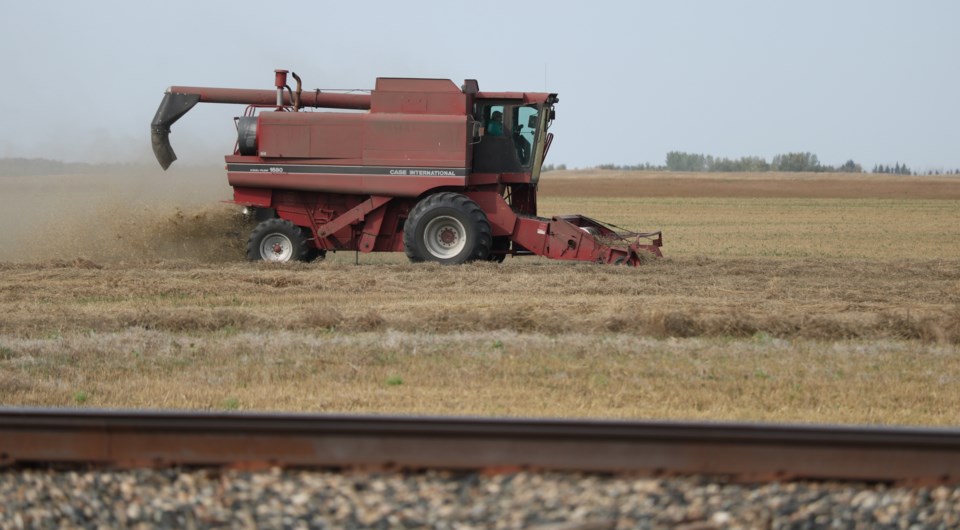The weather can change in a matter of hours, and a big change need not happen outside the front door to have a significant impact.
A major weather event in any of the grain growing regions with significant export sales can ripple throughout the market.
Stock market jumps and declines, war skirmishes, anything that hits the energy sector, the ups and downs of Canadian currency and various governmental issues on the international stage, can all change things on the farm rather dramatically.
At present, farmers have to be keeping a rather close eye on the nitrogen fertilizer market.
There is a global shortage of nitrogen fertilizer and anytime there is a shortage prices climb, in this case to record levels, which will certainly limit the impact of high grains and oilseed prices, given lower yields this fall due to drought conditions.
The high fertilizer prices have to be a real head scratcher for farmers coming out of a dry year, and while prices have been high, they also know high prices always come down.
The fall rains and early snow hint at better moisture conditions, but it’s a long way until seeding and the impact of much-talked of ‘climate change’ whether cyclical or long-term, are an unknown.
And prices are always a bit of a wild card, and in some cases production is already allocated to cover 2021 contracts, so what might be the returns in 2022 are perhaps harder to determine than most years.
So how great a risk do farmers wish to take in terms of spending on fertilizer?
Do you invest in the usual fertilizer quantities which will mean added costs, in order to maximize production if the moisture comes?
Or, do you trim back inputs to lower costs with uncertain moisture conditions ahead?
And, of course there is the potential for current pressure on nitrogen fertilizer to tighten even more by spring pushing prices even higher.
The uncertainty surrounding fertilizer is major since it is a primary element in production, and given production pressures at the farm level this past fall, you know farmers would like to make sure they have the foundation for top yields in 2022 to make up some of the shortfall, and to grab some prices which may decline but will likely still be better than is usual.

